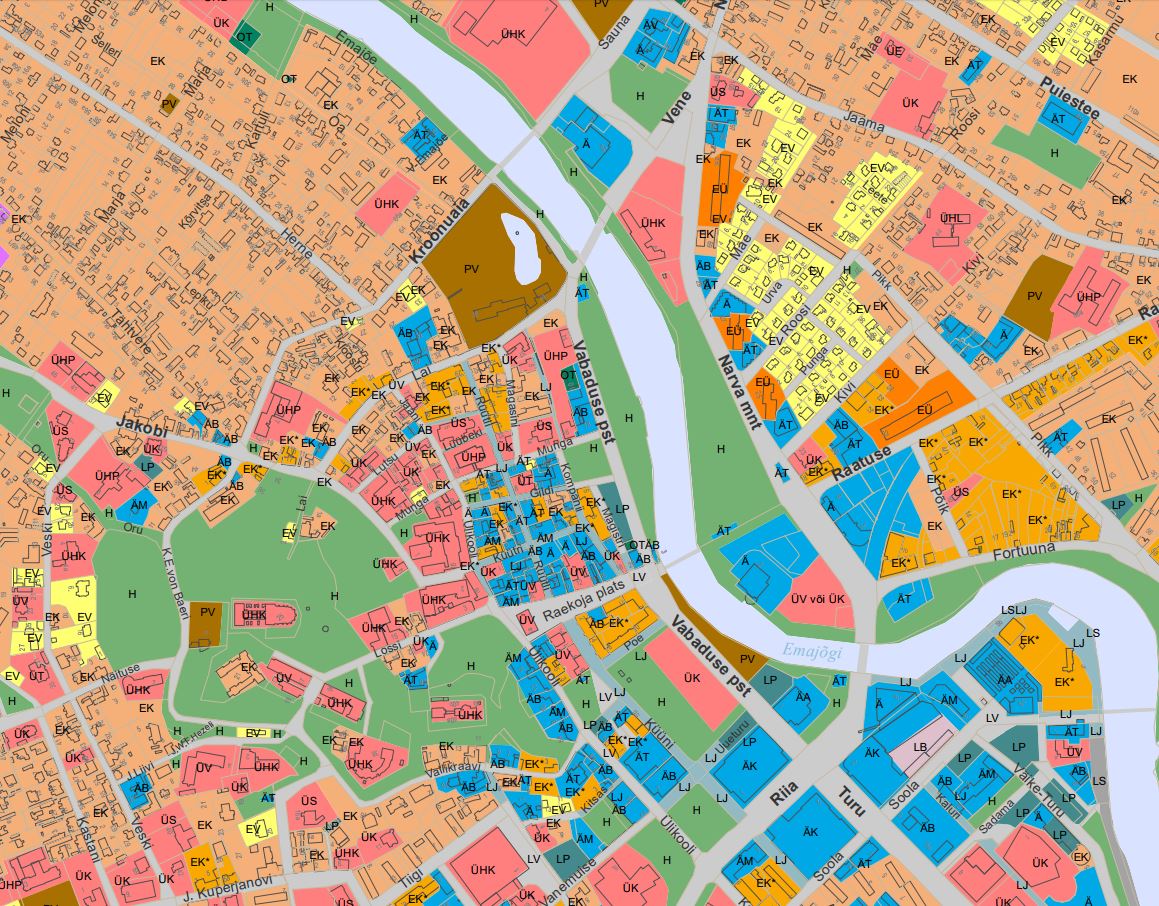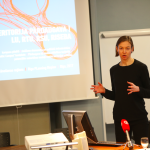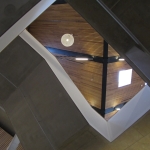 September 2017 brought a new spatial agenda to the city of Tartu when the new comprehensive plan of the city was imposed by the City Council. Four years of development process and consultations of the comprehensive plan has resulted in a balanced, yet ambitious framework that sets spatial development principles for the next 15 years. The comprehensive plan visions the city as an open, international, and smart university city that together with its neighbouring municipalities forms a coherent urban region.
September 2017 brought a new spatial agenda to the city of Tartu when the new comprehensive plan of the city was imposed by the City Council. Four years of development process and consultations of the comprehensive plan has resulted in a balanced, yet ambitious framework that sets spatial development principles for the next 15 years. The comprehensive plan visions the city as an open, international, and smart university city that together with its neighbouring municipalities forms a coherent urban region.
One of the leitmotivs of the new plan is setting development priority on the city centre. It strongly encourages both public and private sector to add further value on the existing multifunctional environment by developing university facilities, state house, civic centre, as well as residential and business functions. In the context of the University of Tartu, this decision strongly supports the continuing use and development of the historic campus area in the central city region. One of the forerunners of this standpoint is the recent decision to develop a new Delta study complex in the city centre where it brings additional life, functionality, and advanced university-business cooperation to the banks of River Emajõgi.
The suburban Maarjamõisa campus will remain in use for science and medicine related fields. Instead of the hitherto rather hectic development of the Maarjamõisa region, the comprehensive plan aims to transform the area to a coherent and well-connected campus for education, health care, knowledge intensive and high tech businesses and related industry. The same important is the development of social and to some extent leisure-related services in the region, hence not on the cost of the liveliness of central city.
Connectivity is one of the key terms in the comprehensive plan. Improving and smoothing the links between different campus areas in the city of Tartu favours the use of low-carbon travel modes like walking and cycling. At the same time, the foreseen solutions, such as significantly widened street-level tunnel under the railway or designated bicycle routes on the cost of decreased street area for car traffic and parking, increase traffic safety, improve the well-being of citizens and the quality of public space. The comprehensive plan even opens up a door for a potential light rail connection between the main residential areas, city centre, and Maarjamõisa region – something that the city of 100,000 people has never experienced before.
The development of the comprehensive plan has put strong emphasis on the public engagement. Public participation in many forms has been enabled, such as regular public hearings, repetitious meetings with neighbourhood communities in various city districts, discussions with universities and businesses, interactive map for collecting ideas and suggestions from the residents, presenting the planning solutions in the open-air exhibition ground in the Old Town, opening up a discussion frontier in the local newspaper, etc. Following the trends and opportunities in the contemporary society, the quality and online accessibility of the cartographic material has also reached a new level. The comprehensive plan aims to make the city a continuously better place for living, studying, working, and visiting. As such, each comment and suggestion throughout the development process of the plan has helped to compile the comprehensive plan as close to people as possible.
We all welcome you to the City of Good Thoughts Tartu!
The city centre of Tartu accordingly to the Comprehensive Plan 2030+. The higher education land is marked as dark pink with the note “ÜHK”.
The comprehensive plan is accessible in Estonian language from here.










